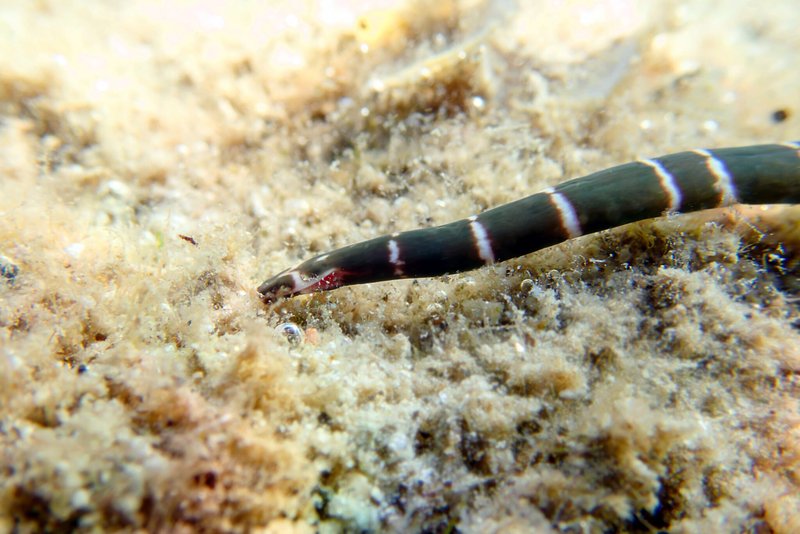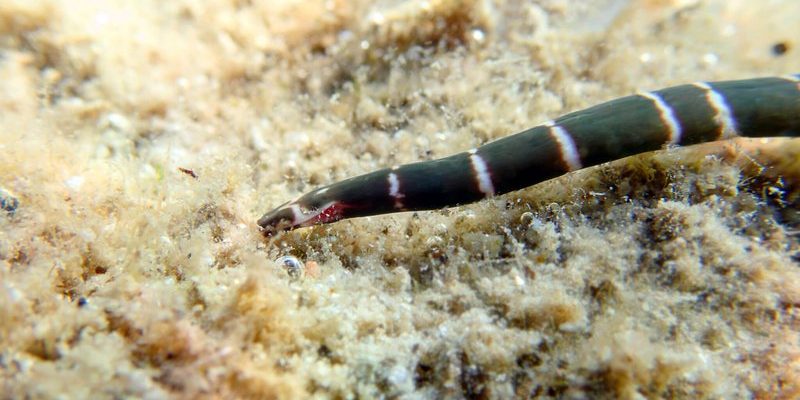
Think of the ocean floor as a giant playground, where all sorts of interactions happen beneath our feet (or rather, beneath the waves). Ribbon worms, or nemerteans to those in the know, are like the unsung heroes of this ecosystem. They help keep the sediment—made up of tiny particles and organic material—stable. Why is this important? Sediment stability affects everything from water quality to the health of marine life. So, let’s explore how ribbon worms fit into this intricate puzzle.
What Are Ribbon Worms?
Ribbon worms belong to the phylum Nemertea and are known for their elongated bodies and unique feeding habits. Most species are found in marine environments, where they thrive in soft sediments. These worms can range from just a few millimeters to over 30 meters in length. Yes, you read that right—some ribbon worms can be incredibly long!
Ribbon worms have a distinctive way of moving. They use a combination of muscle contractions and mucus to glide through the sediment, almost like a snake wriggling through grass. With their long bodies, they can reach deep into the ocean floor, where they play a vital role in the ecosystem. Honestly, it’s like having a secret agent of the sea! They’re not just fascinating to look at; they’re part of a much larger story about the health of our oceans.
The Role of Ribbon Worms in Sediment Stability
You might be curious about how exactly ribbon worms contribute to sediment stability. The ocean floor is a dynamic environment, constantly changing due to waves, currents, and the activities of various organisms. Ribbon worms help stabilize sediments in several ways. For starters, they create burrows in the sediment as they move. These burrows serve as channels for water and nutrients, promoting better circulation in the sediment.
This circulation is crucial because it prevents the sediment from becoming compacted and losing its oxygen. Instead of being a stagnant mass, the sediment remains active and healthy. Moreover, the presence of ribbon worms helps break down organic materials, which enriches the sediment and supports other marine life. You can think of them as nature’s gardeners, turning over the soil and ensuring a thriving underwater ecosystem.
How Do They Affect Nutrient Cycling?
Nutrient cycling is a fancy term for how nutrients move through an ecosystem. Ribbon worms play a significant role in this process. As they burrow through the sediment, they’re not just creating tunnels; they’re also mixing organic matter with the sediments. This mixing helps release essential nutrients locked away in the sediment.
For marine plants and other organisms, having access to these nutrients is vital for growth. Think of it like fertilizing your garden; the more nutrients available, the healthier the plants will be. By aiding in nutrient cycling, ribbon worms indirectly support a diverse range of marine life, from tiny plankton to larger fish species.
What Happens When Ribbon Worms Are Removed?
Now, you might be asking, “What if there are fewer ribbon worms?” Sadly, their decline can lead to significant consequences for the marine environment. Without them, sediments can become more compact and less oxygenated. This change can suffocate other marine organisms that rely on healthy sediment, leading to a decline in biodiversity.
Additionally, without the burrowing action of ribbon worms, nutrient cycling slows down. This slowdown impacts everything that depends on those nutrients. Imagine a garden that’s not getting enough water or food—eventually, the plants start to wither. Marine ecosystems can experience similar problems, leading to less robust populations of fish and other sea creatures.
Environmental Threats to Ribbon Worms
Like many creatures, ribbon worms face threats from human activities and environmental changes. Pollution, climate change, and habitat destruction can significantly impact their populations. For example, increased sedimentation due to coastal development can smother their habitats. When this happens, ribbon worms struggle to survive and reproduce.
Conservation efforts are essential to protect not just ribbon worms but the entire marine ecosystem. By cleaning up pollution and maintaining healthy coastal environments, we can help ensure these remarkable creatures continue to thrive. It’s like giving a helping hand to a friend who’s trying to keep their garden alive.
Ribbon worms may not be the most glamorous creatures in the ocean, but their role in maintaining sediment stability is invaluable. They help keep the underwater environment balanced by creating burrows, aiding nutrient cycling, and supporting other marine life. When we take steps to protect their habitats, we’re also caring for the entire marine ecosystem.
Let’s keep in mind that the ocean is more than just a body of water; it’s a complex, interconnected system. Understanding and appreciating the small players, like ribbon worms, helps us see the bigger picture. So, the next time you think about the ocean, remember these fascinating worms and their essential role in keeping our marine environments healthy and stable.

